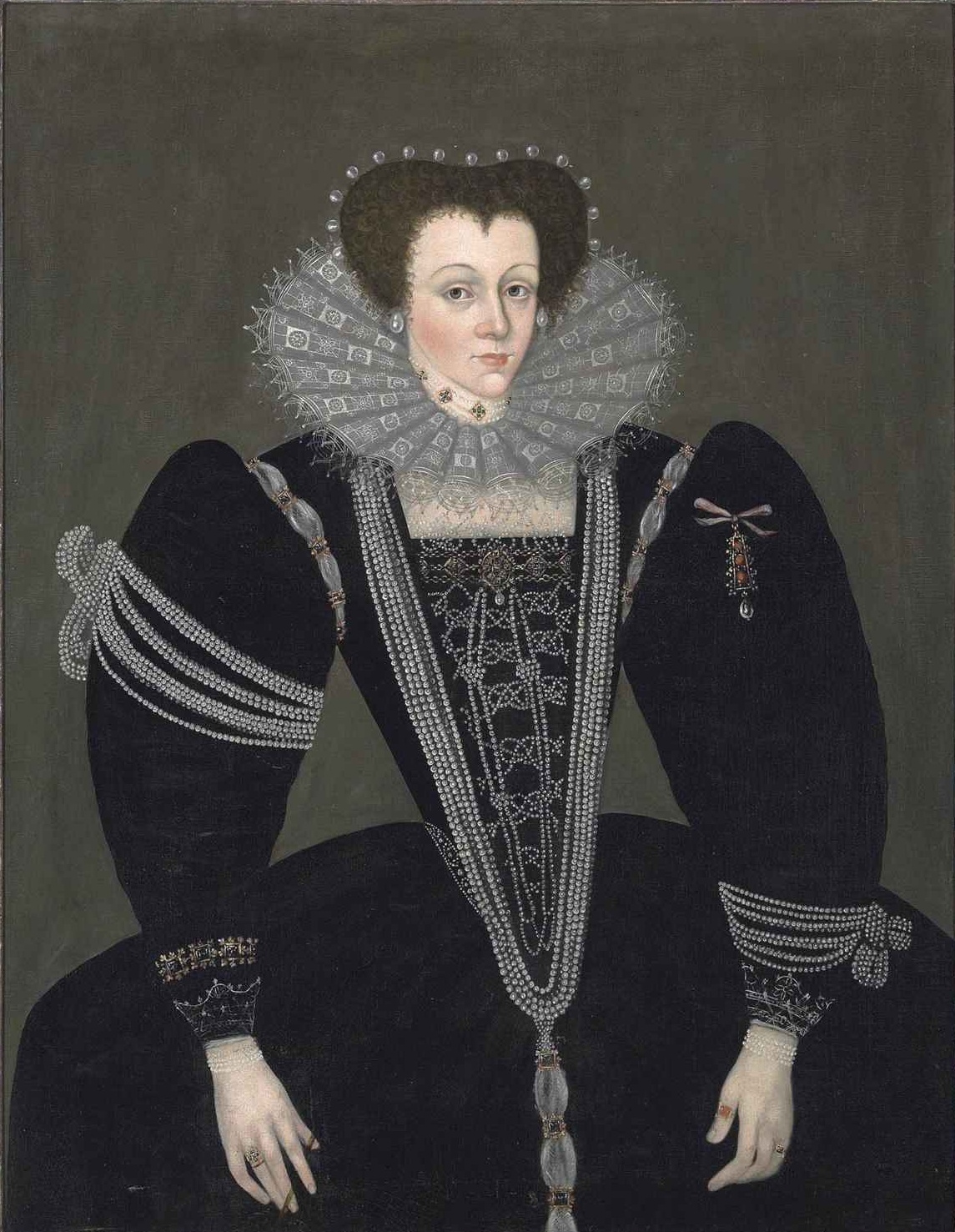

Login
Log in if you have an account
Register
Having an account with us will allow you to check out faster in the future, store multiple addresses, view and track your orders in your account, and more.
Create an accountCorset History I: The First Corsets

When did the history of the corset begin?
Dark Garden Corsetry has specialized in modern corsets for over 30 years, but this represents just a fraction of the history of fashionable corsetry. Historical designs inform modern ones, so we’d like to take you through the story of the corset, starting with the emergence of its ancestor: “boned bodies.”
|
|
During the Renaissance, fashion was an extremely important method of embodying wealth and status in European courts. Stiff, geometric silhouettes that could only be achieved through artifice were popular for both men and women. When it came to the upper body, for example, noblemen wore padding to achieve a protruding “peascod” belly, and noblewomen wore a stiffened or boned “pair of bodies” to mold their torsos into a cone-like shape. Not only did boned bodies create the elongated conical shape characteristic of the late Elizabethan Era, but they were an integral foundation in creating gowns out of heavy fabrics and intricate adornments. In the early-to-mid-16th century, in the courts of women like Eleonora of Toledo (1522-1562) and Queen Mary I of England (1516-1558), bodies were not stiffened with anything other than heavy fabrics and starch. But by the 1580s, Queen Elizabeth I of England (1533-1603) wore bodies stiffened not only with canvas and buckram, but also a “busk.” The busk could be made of a long piece of wood, baleen, metal, or horn, and was inserted into a large channel in the center-front of the bodies to flatten the bust and achieve a more erect posture. |
| Unknown artist, Portrait of a Lady, English, c.1590, oil on canvas, private collection. |
According to Dr. Sarah Bendall in her book Shaping Femininity, bodies stitched all over with boning channels were known as “French bodies,” and did not appear in England until 1590. Only two such foundation garments from around this time have survived for study: a German pair worn by Countess Palatine Dorothea Sabina of Pfalz-Neuburg, circa 1598, which laced up the back and originally included a busk and baleen boning; and a hastily-made 1603 pair for the funeral effigy of Queen Elizabeth I, which closed at the front. A portrait of Elizabeth Vernon, Countess of Southampton, painted around 1600, provides us with a rare glimpse of a boned pair of bodies in all their former glory. She appears in a state of undress, revealing her front-laced, boned bodies covered with sumptuous pink silk fabric.
|
|
|
|
Bronzino, Portrait of Eleanor of Toledo with her son Giovanni de' Medici, Italy, c. 1544-1555, oil on panel, Piazzale degli Uffizi, Florence, Italy |
Unknown artist, Portrait of Elizabeth Vernon, Countess of Southampton, English, circa 1600, oil on panel, private collection. |
Although Elizabeth Vernon’s pink pair was strictly an undergarment, worn to achieve a stiff and unnatural silhouette, boned bodies soon took on a much more public role. In our next blog post, we’ll detail how “bodies” became “bodices,” and evolved into 18th-century stays.
I must say Corsets are making a comeback and everyone is loving it.






Comments